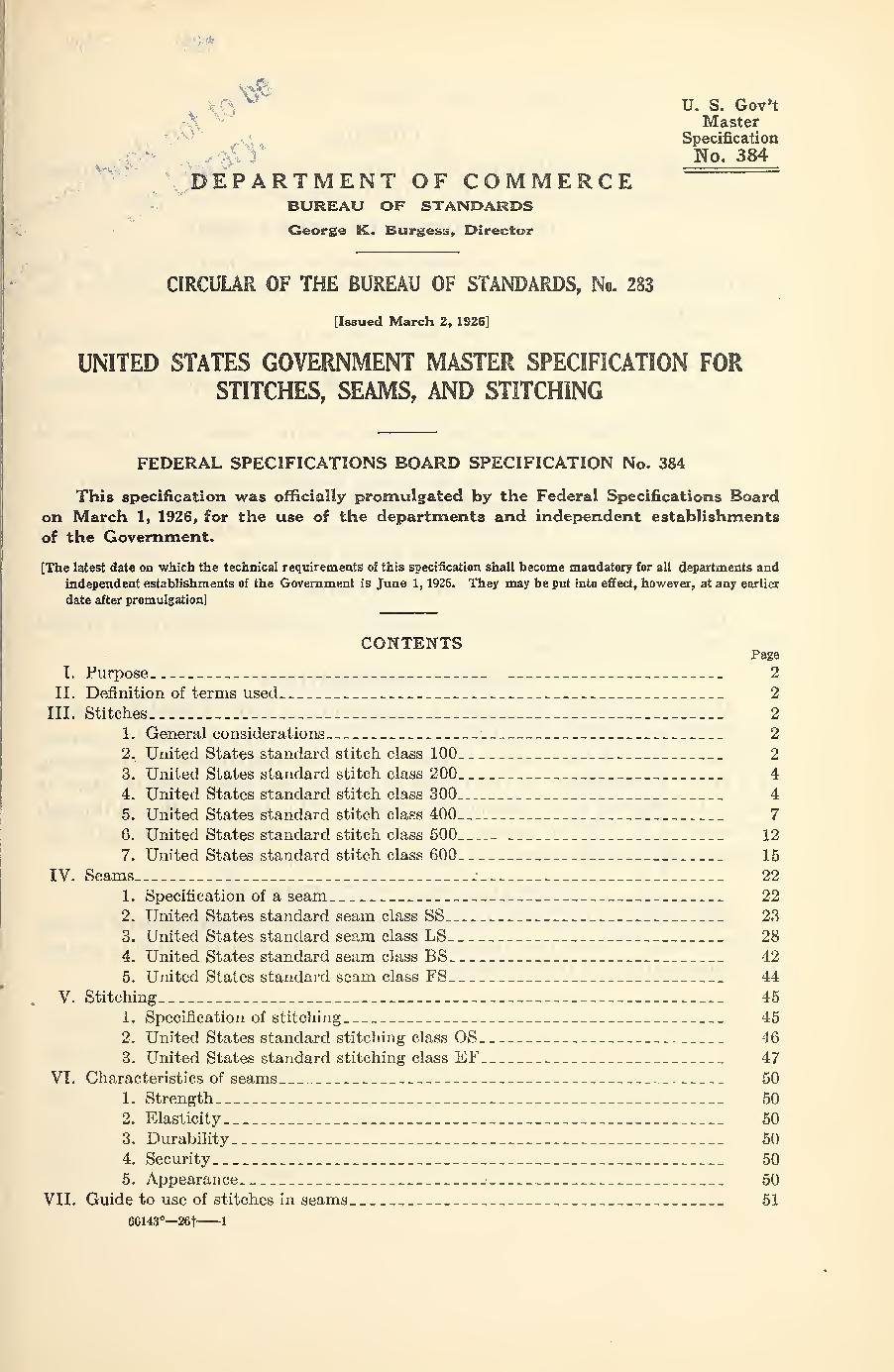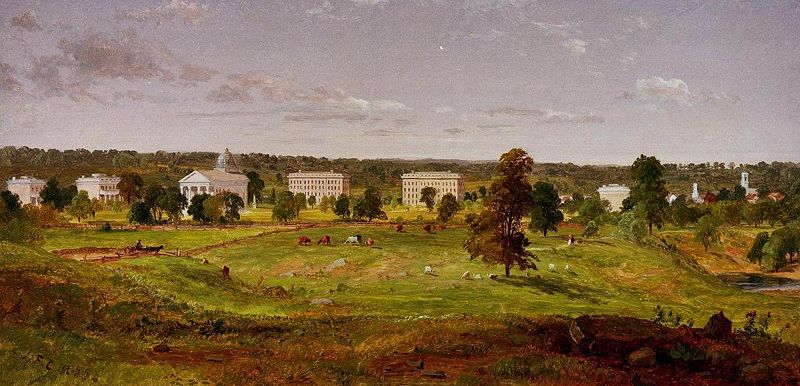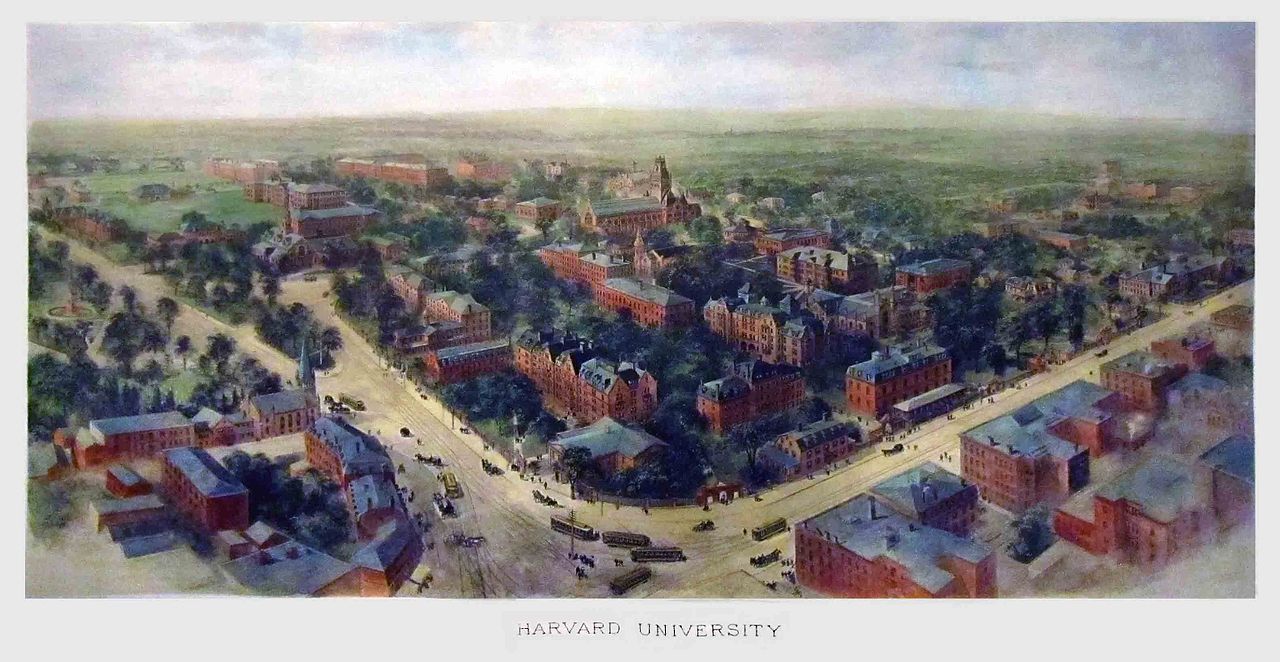The consumption of raw milk, which is milk that has not been pasteurized or homogenized, is a topic of debate and controversy. Advocates of raw milk claim certain potential advantages, while opponents highlight health risks associated with consuming unpasteurized milk. It’s important to note that health regulations and recommendations vary by region, and some places may have restrictions on the sale or distribution of raw milk due to safety concerns.
Advocates of raw milk often cite the following potential advantages:
- Nutrient Retention: Some argue that the pasteurization process, which involves heating milk to kill harmful bacteria, may also destroy certain beneficial nutrients in milk. Proponents of raw milk claim that it retains more of its natural vitamins, enzymes, and beneficial bacteria.
- Enzymes: Raw milk contains natural enzymes that may aid in digestion and nutrient absorption. Some people believe that these enzymes are destroyed during pasteurization, potentially affecting the milk’s nutritional value.
- Probiotics: Raw milk may contain beneficial bacteria, or probiotics, which could contribute to a healthy gut microbiome. These bacteria are thought to have potential health benefits.
- Improved Taste: Some individuals prefer the taste of raw milk, finding it to be richer and creamier compared to pasteurized milk.
However, it’s crucial to consider the potential risks associated with raw milk consumption:
- Bacterial Contamination: Raw milk can harbor harmful bacteria such as Salmonella, Escherichia coli (E. coli), and Listeria. These bacteria can cause serious foodborne illnesses, especially in vulnerable populations such as young children, pregnant women, and individuals with weakened immune systems.
- Health and Safety Concerns: Pasteurization is a process designed to kill harmful bacteria without significantly affecting the nutritional value of the milk. It has played a crucial role in preventing the spread of infectious diseases through milk consumption.
- Regulatory Compliance: In many regions, the sale of raw milk is subject to strict regulations due to concerns about public health. Consumers should be aware of and comply with local laws and regulations regarding raw milk.
Before considering raw milk consumption, individuals should thoroughly research local regulations, consult with healthcare professionals, and weigh the potential benefits against the associated risks. It’s essential to prioritize food safety and make informed decisions based on reliable information.

























